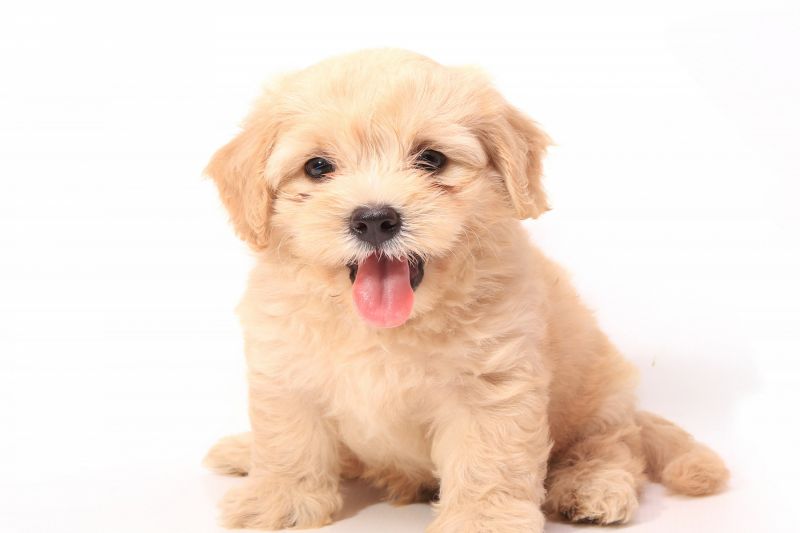Heat is a physiological phenomenon that normally accompanies all female dogs. It indicates that the animal is ready for fertilization, bearing, giving birth to puppies.
The owners are often lost and do not understand what to do, how to help their pet during estrus. Below we will try to sort out all the main issues related to this topic.
Heat in dogs
The body of each individual animal is unique. That is why it is impossible to say with an accuracy of a month, a week, or a day when a dog will begin estrus. If you plan to breed puppies or are just scrupulous about the health of your pet, you can start a calendar and mark the symptoms that appear, the discharge of the four-footed. So, you can at least roughly predict when to expect the next estrus.
During estrus, the dog ovulates and is fertile. That is why, if you do not plan her pregnancy, it is important to especially carefully monitor the pet during a walk and not allow males to "communicate" with her.

How long does estrus last for dogs?
This process can be divided into the following phases, which are cyclically repeated throughout life:
Proestrus (1-2 weeks). This phase can be identified by noticeable brown precipitations, swelling of the loop. The bitch begins to pay attention to the males, but does not let them near her yet.
Estrus (5-10 days). Bloody discharge appears. The bitch lets the opposite sex close to her, takes the appropriate poses.
Diestrus (2-3 months). The selection ends completely. The pet's behavior returns to its stable state.
Anestrus (3-5 months). Calm state of the body.
It should be noted that the question of how long dogs are in heat is very controversial. Normal options differ for different breeds, age, animal history.
Dog in heat
Determining the presence of estrus in your pet is not difficult if you are generally attentive to her behavior and health. First of all, her mood and habits will change. Considering that each animal is individual, the bitch can become more friendly and flexible, angry and aggressive, lethargic and apathetic.
Quite frequent symptoms in a dog during estrus are a slight increase in body temperature, a change in appetite (increase or lack of it, a change in eating habits), disobedience, and frequent urge to urinate.
Heat in different breeds of dogs
As mentioned above, the estrus process occurs individually and can have different durations. So, in large dogs, estrus is often less noticeable. Smaller breeds tend to have more pronounced discharge and changes in behavior.
Dog's first heat
The first heat of a dog is always especially exciting for the owners. On average, in large dogs, it occurs at the 13th month after birth and later. In small ones - earlier (after changing teeth, at the age from six months to a year).
Very often, the owner may not even notice the appearance of the first estrus in a dog. This is due to the fact that discharge can be quite insignificant, as well as changes in mood.
What heat to knit a dog for?
If the purpose of your acquisition of a quadruped was to breed it, detecting first heat is especially important. Fertilization cannot be carried out immediately. We must wait for the third estrus. It is important to very clearly track the appearance of the first symptoms in order to choose the right day for mating. The ideal period is from 11th to 15-16th days.
By the way! If you are afraid to make mistakes, you can purchase a special ovulation test for dogs.
As you can see, estrus is an absolute norm and indicates the correct functioning of your pet's body. If you observe any deviations (there is no discharge / does not stop, the tailed beetle does not allow touching the abdomen, has completely stopped eating, etc.), be sure to contact your veterinarian.
The key to the longevity of your pet is proper care and care for her health!
 Select language
Select language 





.jpg)
.jpg)
.jpg)
.png)
